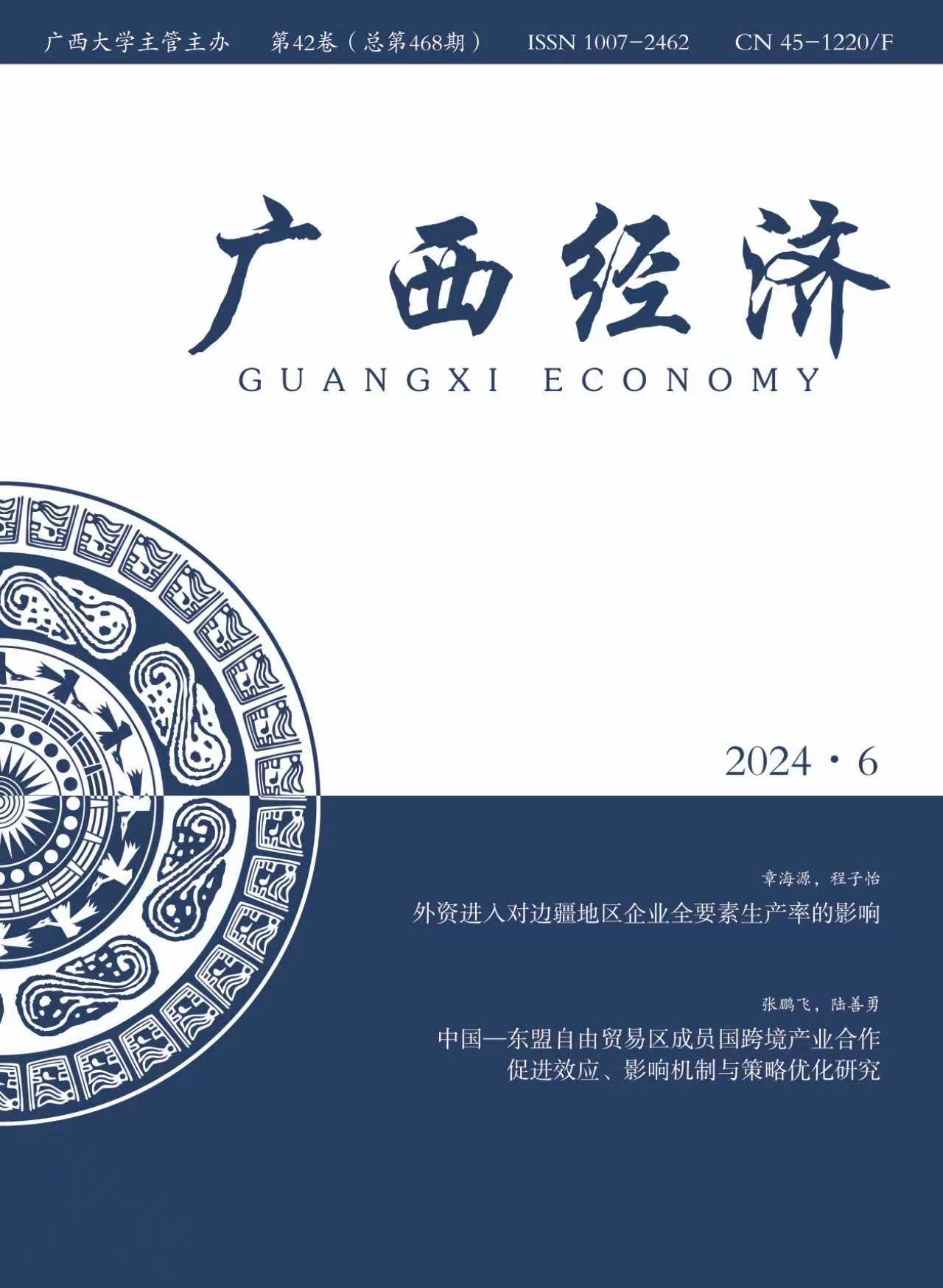Abstract: The development of new productivity does not mean giving up traditional industries, but promoting their transformation and upgrading to high-end, intelligent and green, and improving total factor productivity. In the context of China ’s economic and social restructuring, the traditional Western economic theory can not fully explain the phenomenon of China 's industrial clusters. The three-pillar theory of “market-environmental protection-government” proposed in China ignores the interaction between civil and official forces and the importance of enterprises as the main body of the industry. Professor Zhang Jijiao ’s dual social structure theory pays attention to the role of civil power and official power in the process of industrial development, but the interaction between the two forces is neglected, and the main enterprises of the industry are not considered in the most important position. Based on this, this paper puts forward the theory of Cuoluozi, emphasizing the interaction and connection of the three pillars of “honeycomb society-enterprise-umbrella society” in the development of industrial clusters. This theory not only complements the interaction between society and enterprises, but also highlights the core position of enterprises in the development of industrial clusters. The paper uses Cuoluozi theory to examine and elucidate the Hongmu (red sandalwood) industrial cluster in Pingxiang, Guangxi. The theory aims to clearly describe the form and driving factors of each stage of industrial clusters, provide theoretical support for policy formulation, and maintain academic openness and vitality.
Key words: Cuoluozi theory; new quality productive forces; industrial cluster; production factors; manufacturing industry

Reprinted from Guangxi Economic Journal, 2024,42(06):70-84.


 ADD:No.100 Daxue Road, Nanning, Guangxi, China
ADD:No.100 Daxue Road, Nanning, Guangxi, China Tel/Fax:+86-0771-3186687
Tel/Fax:+86-0771-3186687 Email: gse@gxu.edu.cn
Email: gse@gxu.edu.cn